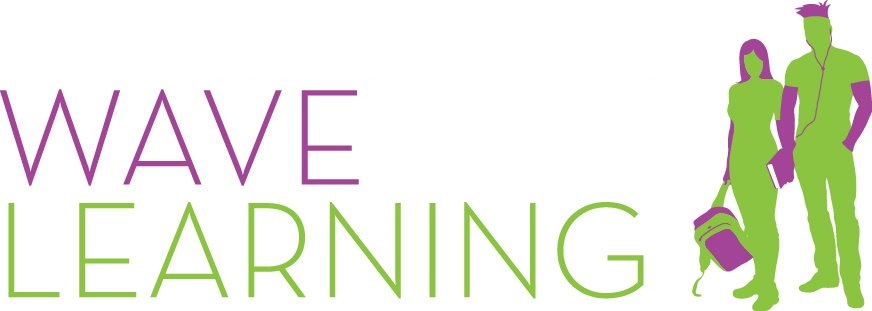Source – thehindu.com
Your employees don’t want one-size-fits-all training programmes anymore. They also do not want to deal with clunky interfaces that characterise many learning management systems (LMSs). So, how can you respond, and ensure your workforce — your biggest asset — gets all the requisite tools for enhancing its skillsets, in order to boost its productivity, and stay motivated? Well, to begin with, we must recognise the winds of change blowing across the corporate learning landscape today.
As attrition levels rise across the board, employees — particularly the millennials — are increasingly seeking more opportunities in-house to acquire new skills at work, for greater career mobility. And, organisations that fail to foster an engaging learning environment would find it difficult in the future to retain and attract high-quality talent. Professionals today absorb knowledge in a more dynamic and self-directed way than ever before.
Unlike their predecessors, they simply don’t have the patience or time to attend workshops. Accordingly, the emphasis and orientation of corporate learning content modules have undergone a sea change over the last decade, with many companies significantly reducing their reliance on instructor-led training (ILT).
Instead, collaborative, virtual and on-the-job learning modules have become more popular. Here are the four major disruptive trends in learning management you need to keep in mind while designing and developing the next-generation knowledge management framework for your organisation:
Adaptive learning
Customise your learning programmes for each individual employee, wherein his/ her skill-building path is chalked out based on their interaction with the different components of learning modules. In short, your learning management systems must evolve into dynamic learner-centric platforms that provision “pull”-based learning rather than “push”-based, and empower individuals to tailor and reconfigure the way they deem fit.
Cognitive systems
Given the plethora of content now available, you need to make your LMS “intelligent” or “smart”.
Intelligent LMS has an inbuilt component that enables recommendation and provision of the right material at the right time. Such next-gen platforms also should be able to integrate seemingly disparate small learning pieces in a cohesive manner.
LMSs, in their new avatar, will include compelling content aggregation and curation functionalities that source and assimilate disparate content types to deliver an integrated user experience. Incorporation of these features will reposition LMSs as compelling learning experience platforms, by allowing learners to search, find, recommend, sort, share, and comment on different modules in a single place.
Bite-sized learning
In tandem, you should actively consider ways of responding to employees’ growing desire for bite-sized learning that can be easily consumed on the go.
One way of addressing this demand is to create “microlearning” modules through mobile-first design. Such modules organise learning into small components or activities — typically about five minutes in duration — centred around performance support, summarisation of key points or steady reinforcement.
Design thinking
The new “pull”-based learning paradigm requires you to have a fundamental re-look at the existing user interfaces of your LMS. If the user experience is not intuitive and seamless, then the desired skill-building and knowledge enrichment will be suboptimal. Therefore, you should adopt the principles of design thinking to revamp your LMS interfaces, whereby the end-to-end content navigation flow is structured around the needs of the actual user. Equally importantly, for all this rich content to deliver business results on the ground, you should embed your learning modules — spanning video, mobile and microlearning material — into business processes across the organisation.
For example, some of your new frontline managers might not be too keen on taking up formal onboarding courses, preferring to learn on the job. What you could do here is to provision relevant tools, videos, checklists, articles and online support for them, so that they can quickly find what they need, and go back to work.
The ability to hire, groom and retain top talent will be a key source of competitive advantage for businesses going forward. For you to foster a truly differentiating, self-directing learning environment that enables employees to deliver on intended business targets, you should begin by reimagining existing content tools, information and support systems.


